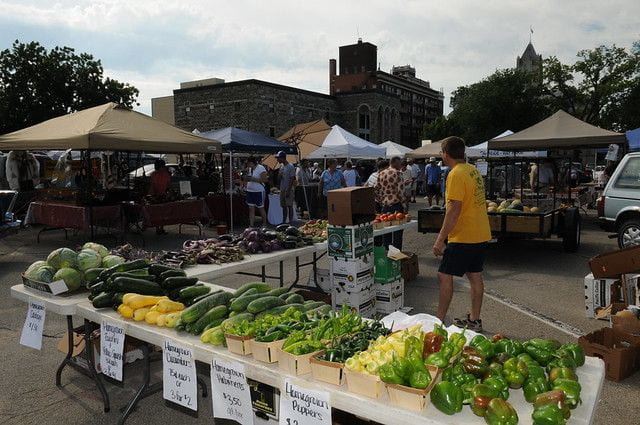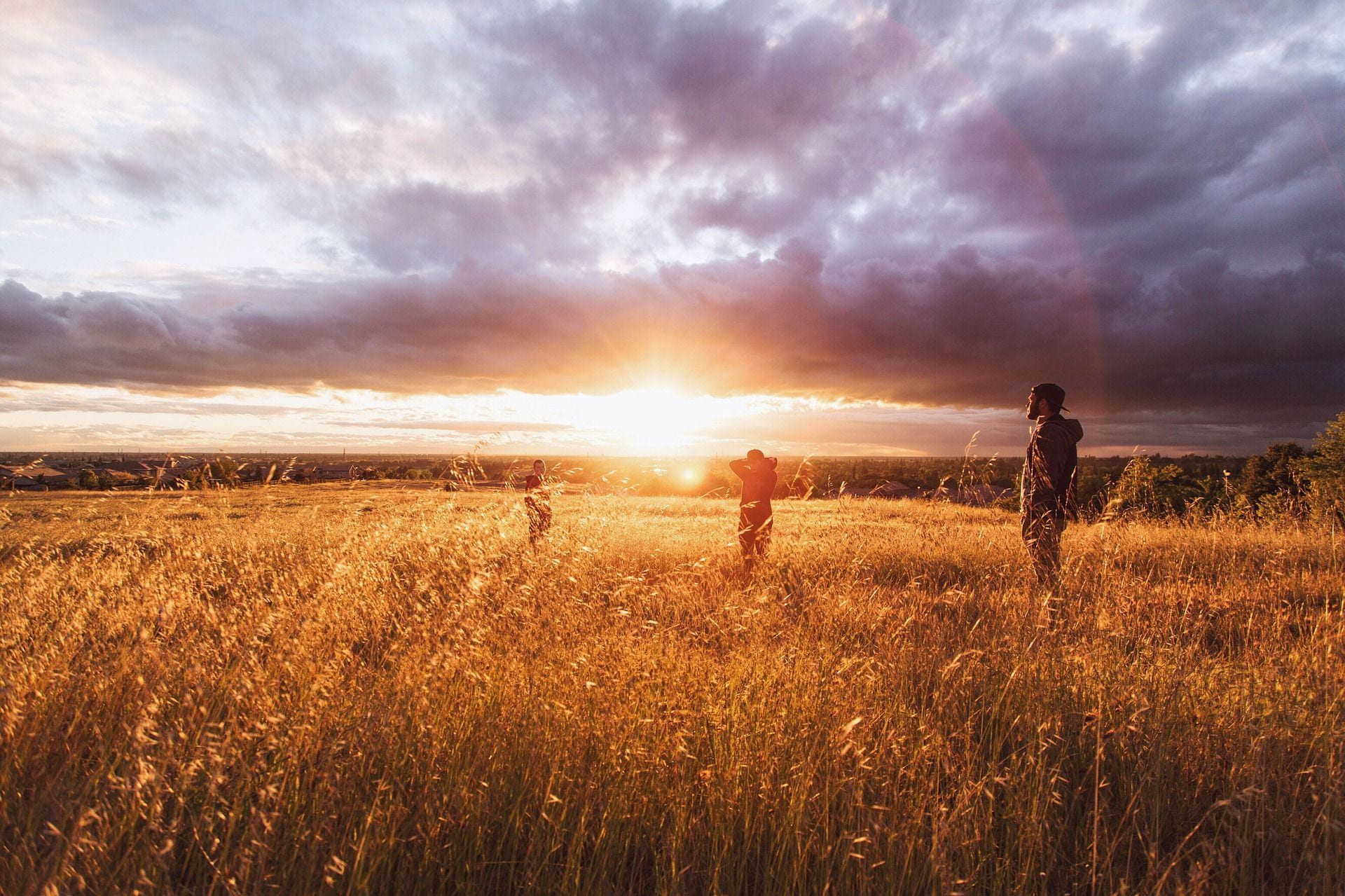Welcome to Better Kansas. Where every Thursday we shed light on events, resources and other information designed to make your life, businesses, communities and state better. Share on social media and don’t forget to hit subscribe! – Mary Lou Peter mlpeter@ksu.edu
Better Living, Better Communities
 DO YOU THINK MEDICARE IS CONFUSING? It can be! It’s nice to have choices but not so easy to know Plan A from Plan D much less which plan to sign up for. And oh, the seemingly endless changes every year! Many extension offices offer Senior Health Insurance Counseling for Kansas, or SHICK. During open enrollment in 2017, K-State Research and Extension SHICK counselors educated almost 8,000 Kansans on Medicare plan comparisons and available benefits, saving them a total of $6.1 million. Outside open enrollment, SHICK counselors had contact with another 8,316 people through classes and plan comparisons. Remember, Medicare open enrollment is Oct. 15-Dec. 7.
DO YOU THINK MEDICARE IS CONFUSING? It can be! It’s nice to have choices but not so easy to know Plan A from Plan D much less which plan to sign up for. And oh, the seemingly endless changes every year! Many extension offices offer Senior Health Insurance Counseling for Kansas, or SHICK. During open enrollment in 2017, K-State Research and Extension SHICK counselors educated almost 8,000 Kansans on Medicare plan comparisons and available benefits, saving them a total of $6.1 million. Outside open enrollment, SHICK counselors had contact with another 8,316 people through classes and plan comparisons. Remember, Medicare open enrollment is Oct. 15-Dec. 7.
FRESH TOMATOES, PEPPERS AND ONIONS are plentiful right now, and that means one thing: It’s salsa time! Whether it’s a game-day gathering or a birthday party, salsa has become a must-have condiment for many of us, and everyone’s recipe is a little different. Whether you’re a novice or an experienced cook, check out tips to keep your salsa safe in Sassy Safe Salsa at Home. It’s also available in Spanish, Atrevida Salsa Casera Segura. Among the factoids: Salsa flavors tend to mellow during storage; and there’s an optimal way to roast peppers. There’s even information about whom to contact if you’re interested in selling your own special salsa.
THEY CHEW THROUGH WIRING AND CONTAMINATE FOOD AND FEED and as the days grow colder, house mice will be looking for warmer digs, like our homes and businesses. They’re among the most common and economically destructive rodents in the United States, but their tiny size makes them so hard to keep out. Plus, forget rabbits – house mice reproduce like crazy. One pair can make more than 100,000 babies a year. Their scientific name, Mus musculus, makes me think of the muscle-bound cartoon character Mighty Mouse, but that was all in fun. It’s no fun though to find they’ve chewed through food packages in the pantry or left not-so-delightful droppings ANYWHERE. A new fact sheet Controlling House Mice provides all kinds of information, including ways to keep your space look less inviting to the little critters.
Better Farming, Ranching and Gardening
 A NUMBER OF PINE TREES IN MY NORTHEAST KANSAS NEIGHBORHOOD ARE DYING. It’s tough because they provide an evergreen wind break and serve as a visual barrier from people driving by, so it has me wondering what kinds of trees might be good options to replace them. The publication Conifer Trees for Kansas is a comprehensive guide to conifers (you know, the cone-bearing trees like pine, spruce and fir :). It tells which do well in different parts of the state, what their primary pests and diseases are – plus it has pictures. It even gives an idea if they’re slow-, medium- or fast-growing. Questions still? Check with your local K-State Research and Extension office. By the way, we’re proud to say that conifer publication won the 2018 American Society of Horticulture Science Extension Materials Award.
A NUMBER OF PINE TREES IN MY NORTHEAST KANSAS NEIGHBORHOOD ARE DYING. It’s tough because they provide an evergreen wind break and serve as a visual barrier from people driving by, so it has me wondering what kinds of trees might be good options to replace them. The publication Conifer Trees for Kansas is a comprehensive guide to conifers (you know, the cone-bearing trees like pine, spruce and fir :). It tells which do well in different parts of the state, what their primary pests and diseases are – plus it has pictures. It even gives an idea if they’re slow-, medium- or fast-growing. Questions still? Check with your local K-State Research and Extension office. By the way, we’re proud to say that conifer publication won the 2018 American Society of Horticulture Science Extension Materials Award.
IF WEBER AND CALL HALLS WERE YOUR HOME AWAY FROM HOME for a few years in college or if you’re in or want to be in the livestock business in Kansas, come together with family and friends at the 5TH Annual Animal Sciences and Industry Family and Friends Reunion from 5:30-9:30 p.m. on Friday, Oct. 4, at the Stanley Stout Center, 2200 Denison Ave. in Manhattan. The evening offers great food, entertainment and activities for the kids. This year, the Don L. Good Impact Award will be presented to the Kansas Livestock Association. More than 1,000 attended last year’s event. We hope to see you there!
 APPARENTLY, ALFALFA, WHEAT SEEDLINGS AND OTHER CROPS HAVE BEEN ON GRASSHOPPERS’ MENU lately, and most are full grown by this time of year, which makes controlling them tricky, according to Grasshoppers – Eating their way through Kansas in a recent Agronomy eUpdate. The article has great photos and the nitty gritty on when and if to treat them in several crops. Plus, you’ll see that entomologist sense of humor I mentioned in a previous post.
APPARENTLY, ALFALFA, WHEAT SEEDLINGS AND OTHER CROPS HAVE BEEN ON GRASSHOPPERS’ MENU lately, and most are full grown by this time of year, which makes controlling them tricky, according to Grasshoppers – Eating their way through Kansas in a recent Agronomy eUpdate. The article has great photos and the nitty gritty on when and if to treat them in several crops. Plus, you’ll see that entomologist sense of humor I mentioned in a previous post.
__
For more resources and activities, contact the K-State Research and Extension office in your area. Check out our other blogs and subscribe to our weekly emails here: https://www.ksre.k-state.edu/news/blogs/






